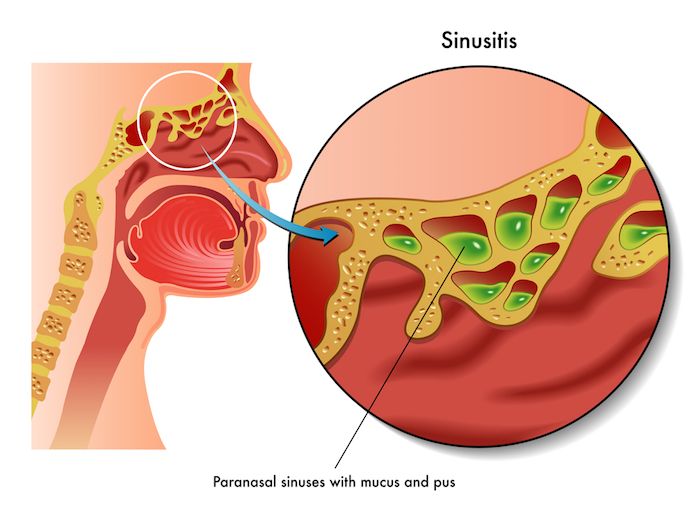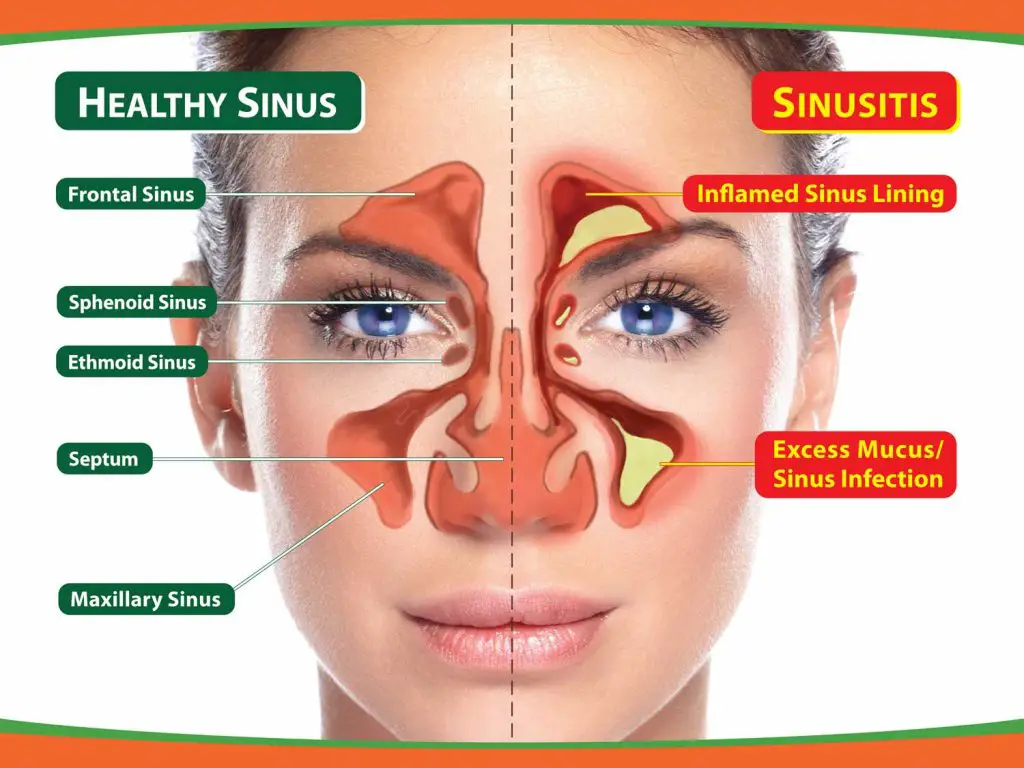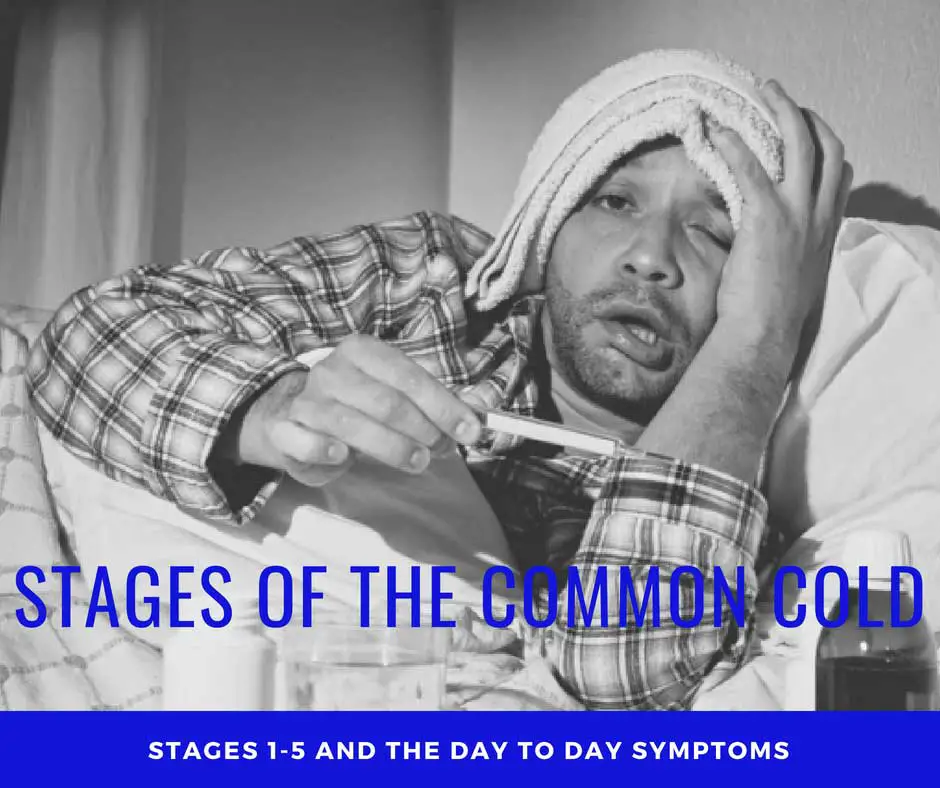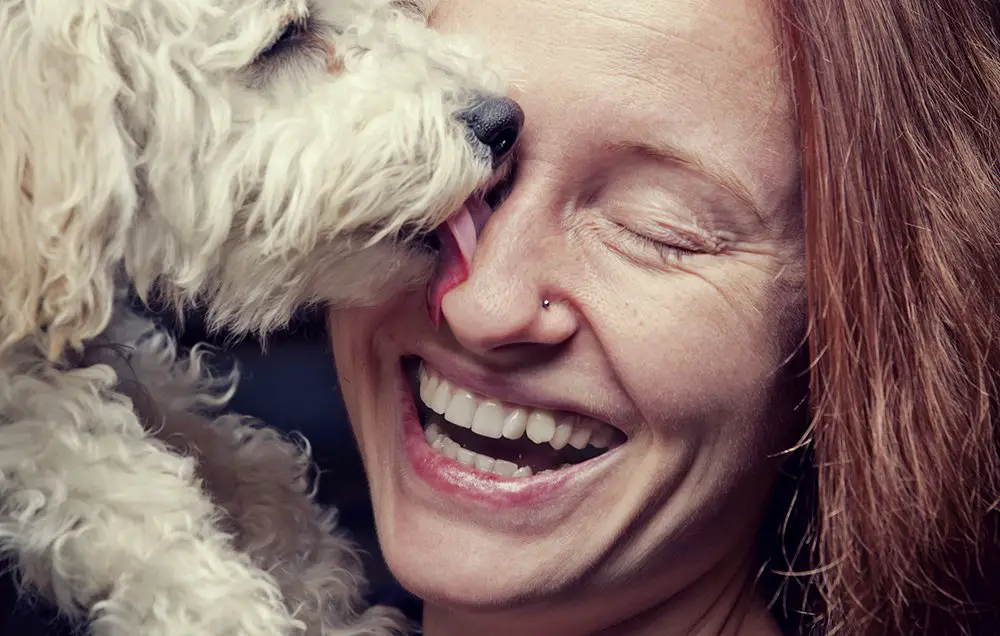The Timeline of the Common Cold
Getting a cold can be the worst. It may feel like the discomfort, fever, and runny noses will never end. The most common cause of a cold is the rhinovirus. It has an incubation period of two days—this is the period where you have the cold and are contagious but do not yet feel symptoms.
Your age will affect the likely hood that you will contract a cold virus. In general, babies and toddlers are usually infected six times a year, adults are infected two to three times per year, and older adults get colds about once a year. The length and severity will vary slightly from person to person, but overall, there is a very specific timeline for a cold. Today, doctors break a cold into four stages: inflammation, mucous, congestion, and recovery. Each of these four stages has a specific timeline and symptoms. In order to properly treat the cold, you need to have a good understanding of each stage.
We will get into to how to treat each stage of a cold below. But, the best way to prevent a cold from occurring is to find a supplement to keep your immune system functioning optimally. Getting enough sleep and rest, managing stress, and washing your hand properly can all help keep you healthy throughout the year. But, if you are unlucky enough to get an annoying cold, we have all of the information you need in the rest of this article.
Stage 1: The Inflammation Stage
The inflammation stage, is when you first start feeling symptoms like a fever, sore throat, and a swollen nose. These symptoms usually appear after you’ve already had the cold virus for a couple of days. However, they can be uncomfortable and indicate to most people that sickness is coming.
Stage 1 Symptoms
Stage 1 is defined by a lot of inflammation in your body. You will likely begin to have a fever and experience fatigue. Some other common symptoms include
- Chills
- Aches and Pains
- Headache
- Dry throat and cough
- Dry and swollen nose
- Swollen glands
- Lake of appetite
- Thirst
These symptoms will last approximately one to two days depending on the person and they begin about two days after you pick up the virus. You will likely feel bad during stage one, and it is important to begin treating the symptoms of your cold as soon as possible.
Stage 1 Treatment
The best way to treat the symptoms of Stage One is to get enough rest. Because you will feel fatigue, adequate rest will help to manage that symptom. Also, sleep helps your body regenerate, which is important in the treatment of a cold.
Additionally, during stage one you should begin drinking warm liquids, like chicken broth, herbal teas, and water with lemon. Do not drink or eat sugar, fruit juice, pop, cordials, or sports drinks as they may exacerbate your symptoms.
Read Also: Know the 15 Natural Herbs that can help Thin and Relieve, Mucus and Phlegm
Stage 2: The Mucous Stage

The mucous stage, involves a lot of mucous as you might expect. This is the time of the cold when you cough sneeze a lot and have a runny nose. You do not want to swallow any of the mucous if you can help it, clearing it out of your system is the best option.
Stage 2 Symptoms
Stage Two is the fun part of your cold when you seem to be drowning in your mucous. It will be clear and runny. The mucous at this stage is important because it helps to wash the cold out of your system. You do not want to swallow any of the mucous if you can help it because that will keep the cold in your symptom longer.
The mucous stage usually only lasts one to three days, and its appearance indicates that your cold is getting better. Other stage two symptoms include
- Sneezing
- Conjunctivitis
Stage 2 Treatment
Stage Two is one of the most annoying of the four cold stages. It can be tempting to use decongestants at this stage, but that can cause the mucous to linger. You would be better served to keep getting enough sleep and drinking warm fluids like herbal teas and water with lemon.
You may also want to take vitamins or other natural treatments for building up your immune system. Plus, if you are prone to sinus infection or bronchitis, you will want to treat for those condition in this stage as well. The healthier your immune system and body, the less time you will stay in stage two of your cold.
Stage 3: The Congestion Stage

The congestion stage is when you should begin taking medicine to control your symptoms. You will likely have sinus pain, wet coughing, and post nasal drip. While the symptoms of this stage are uncomfortable and annoying, they do indicate that you are almost through the cold cycle.
Stage 3 Symptoms
Another nasty stage, the congestion stage of a cold still has a lot of mucous. However, instead of being clear, it will be yellow or green. This is caused by the healthy bacteria in your nose growing back and changing the color of the mucous. This is not unusual and is the healthy response from your body. So, you should not worry when your mucous begins to change color.
Stage Three is often shorter than the others, as your body is healing. Some people don’t even notice a difference from stage two to stage four. When you treat the first two stages of your cold effectively, then stage three is usually quite short (1-2 days) and mild. Some other symptoms from this stage are
- Sinus pain
- Headaches
- Post nasal drip
- Sore throat and nose
Stage 3 Treatment
Continue to treat your cold in Stage Three in the same way that you have in the first two stages. This means lots of warm liquids and rest. However, at this stage you can also add a decongestant if you need to control the mucous. Ibuprofen or another pain reliever can help reduce the effects of headaches or sinus pain.
A natural decongestant is garlic, which helps to break down mucous, making it easier for the mucous to leave your body. Honey can help to ease sore and irritated throats. Some improvement in nighttime coughing was observed when people take a dose of honey before bed.
Read Also: Know the 15 Natural Herbs that can help Thin and Relieve, Mucus and Phlegm
Stage 4: The Recovery Stage

The final stage, recovery, begins once you start to feel better. Your normal appetite resumes, and your symptoms begin to abate. If is essential that you take care of yourself by drinking enough fluids and getting lots of sleep. You don’t want the cold cycle to begin again.
Stage 4 Symptoms
Hurray! Your cold is almost over. Stage Four—recovery—is when you begin to feel better. Yet, you should still take it easy, as your body and immune system will be tired from fighting off the infection.
During Stage Four you will begin to feel significantly better. Your nose may stop running and you’ll lose your cough. If you had a fever that will come back to normal. However, you will likely still feel quite tired. Additionally, some of the cold symptoms from stages two and three could linger for a week or two.
Stage 4 Treatment
The best thing to do when in stage four of a cold is to continue getting enough rest. As mentioned above, your body will be depleted because of the cold, so taking a few days off from intense exercise or busy nights would be best.
During the end of your cold you should also continue to eat nutrient dense foods and warm foods like coups, stews, and casseroles. Some people recommend not consuming too much raw foods or sugar in these final days. You should also make sure to keep yourself warm, especially if you live in a cold climate.
Essentially, the best thing that you can do for yourself in stage four is to build your immune system back up, so that you don’t get another cold again for a long time.
Frequently Asked Questions (FAQ)
Whats the Difference Between a Cold and the Flu?
Often people struggle to know whether they have a cold or a flu since both conditions have similar symptoms. However, it is important to know whether you have a cold or flu, since you treat these conditions slightly differently. While rest and warm fluids are treatments for both flus and colds, flus can become serious.
According to the CDC, flu symptoms differ from cold symptoms in the following ways:
- Symptom onset is abrupt for flus and gradual for colds
- Fevers are usual with flus and rare in colds
- Sneezing only happens sometimes with flus and is common with colds
- Stuffy noses and sore throats only occur sometimes with flus and are common with colds
For the complete list of differences between flus and colds visit the CDC’s website at https://www.cdc.gov/flu/about/qa/coldflu.htm.
What are signs that your cold is getting better?
The largest sign that your cold is getting better is that you will begin to feel better. If you have a fever it should go away around this time. You should feel stronger and your appetite should return.
Keep in mind that just because all of your symptoms do not go away doesn’t mean you are not recovering. It is common for sore throats and runny noses to continue for a while after you have started recovering from a cold. This is normal.
You should be completely back to normal by day fourteen-or two weeks after your cold began. If you are still dealing with persistent symptom, you should seek out a doctor’s opinion at this time, as your cold may have turned into something else.
How long does a Runny Nose Last?
Probably the most annoying symptom of a cold is the runny nose. This problem is messy, can interrupt sleep, and can be extremely distracting. Thankfully runny noses tend to get better on their own as your body fights off the infection. However, a runny nose is usually one of the last symptoms of the cold to go away.
Most often your nose will start running two or three days into your cold. These couple of days will be the worst of the runny nose. However, your nose may stay slightly runny for ten to fourteen days total.
You can use over-the-counter medications like Dayquil or Nightquil to treat your runny nose. Also, it is important to have tissues to blow into and Vaseline or other balm to use on your nose as it gets irritated. If your runny nose does not go away after fourteen days, you should contact your doctor.
How long does a cold typically last?
In all, a cold usually lasts ten to fourteen days. A typical timeline looks like this,
Day 0: Receiving the cold virus. You will not have symptoms at this stage, but you will be contagious.
Day 1-2: Stage 1
Day 3-4: Stage 2
Day 5-6: Stage 3
Day 6-14: Stage 4/recovery
Obviously, this is just an estimation of a typical cold timeline. Your cold should progress similarly. But, if the timeline is slightly changed—such as stage two lasting from days 3-5 and no stage three, for example—that is not an indication of any problem.
If symptoms persist after day 14, you should consult a doctor. When recovering from a cold your body is in danger from a second infection. People who have preexisting conditions like asthma, congestive heart failure, and kidney problems should especially be on the lookout for colds that do not seem to end. The cold virus can exacerbate these conditions.
Sometimes colds can become dangerous infections. You should seek immediate assistance if you have any of these serious symptoms:
- High fever (101-degrees F or more) for more than twenty-four hours
- Mucous discharge that is brown or bloody
- Dizziness or confusion
- Severe pain
- Problems breathing, shortness of breath, or problems swallowing
References:
https://www.ncbi.nlm.nih.gov/pmc/articles/PMC3928210/
https://www.ncbi.nlm.nih.gov/pmc/articles/PMC2080754/
https://www.ncbi.nlm.nih.gov/pmc/articles/PMC3215607/
https://www.ncbi.nlm.nih.gov/pubmedhealth/PMHT0024671/




